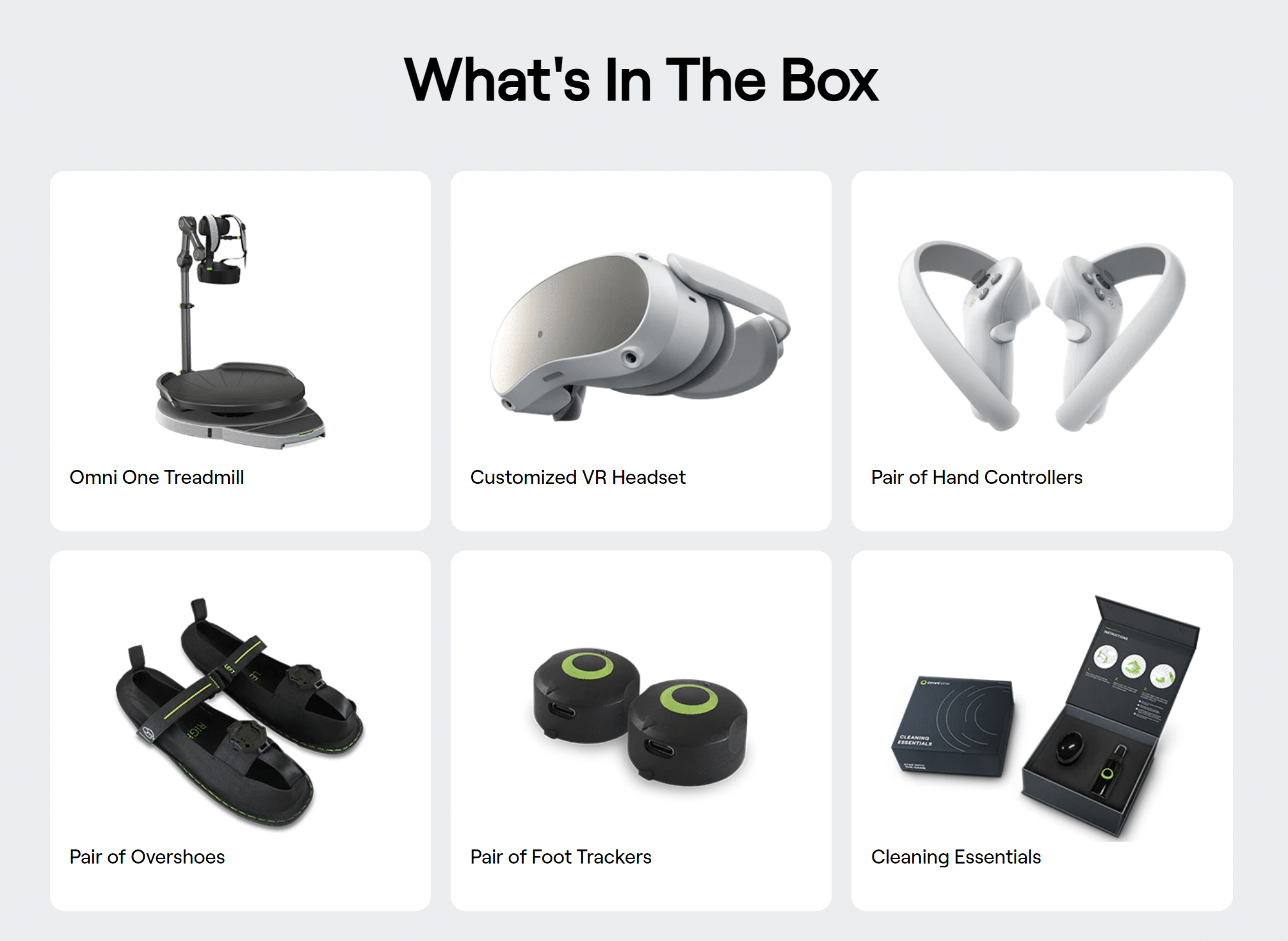A recent study concluded that for most people, 120fps is the "critical tipping point" for avoiding VR motion sickness.
this articleFrom Xijiao Liverpool University in China, the authors have been studying the effects of VR refresh rate, resolution, haptics, and stereo vision, and the relationship of these elements to simulated motion sickness, for many years.
The study used the Pimax 5K Super for its experiments, as it supports refresh rates of up to 180Hz, the highest head-mounted display on the market.
The study tested 60fps, 90fps, 120fps, and 180fps, comparing the effects on dizziness in 32 participants (16 males and 16 females, ages 18 to 51).
The study found that participants reported significantly less motion sickness at 120fps compared to 60fps and 90fps, suggesting that 120fps is an "important tipping point". At 180fps, the reduction in dizziness was minimal, suggesting that 120fps was the tipping point.
It's important to note, however, that this study was conducted on only one niche head-mounted display, so it's not known if the results are applicable to other head-mounted displays. For example, the Pimax 5K Super has a much wider field of view than typical VR head-mounted displays, with geometric distortion in the periphery. Previous studies have shown that both the field of view and geometric distortion may affect motion sickness.
| head-mounted display | Supported refresh rate (Hz) |
| Apple VisionPro | 90 / 96 / 100 |
| Quest 2 | 60 / 72 / 80 / 90 / 120 |
| Quest 3 | 60 / 72 / 80 / 90 / 120 |
| PICO 4 | 72 / 90 |
| PlayStation VR2 | 90 / 120 |
| Valve Index | 72 / 80 / 90 / 120 / 144 |
| Pimax 5K Super | 90 / 120 / 144 / 180 |
| Pimax Crystal | 72 / 90 / 120 |
The Quest 3 and Quest 2 do support a 120Hz refresh rate. However, in standalone mode, this is a developer's choice that is rarely used because having to render each frame in a mere 8 milliseconds severely limits the image quality and simulation complexity of the mobile chip.
Most games ran at the default 72Hz on the Quest 2, and many have been upgraded for the new Quest 3, raising the refresh rate to 90Hz. it's going to be a long time before 120Hz becomes the standard for standalone VR.
On the PC, rendering at 120FPS is achievable for simple games such as Rhythm Lightsaber, but for more complex simulation experiences, extremely expensive high-end hardware is required.The Valve Index even supports 144Hz mode, while the Pimax 5K Plus used in the study supports 180Hz.
However, frame rate complexity is also an issue, as reprojection and motion extrapolation doubles the true frame rate to generate synthetic intermediate frames. This is very common on the PlayStation VR2, where many games are rendered at 60fps in order to be displayed at 120fps reprojected at 120Hz. On Quest, this is also an option for developers, but is only used in a few games, such as Assassin's Creed: Nexus, and on PC, it's a combiner feature that's enabled when your graphics card is overloaded.
While it's not known if the results of this study apply to all head-mounted displays, it's still an interesting result that suggests the industry shouldn't settle for the 90fps standard established at the release of the Oculus Rift and HTC Vive, let alone the 72fps pushed by standalone head-mounted displays such as the Oculus Quest. Just as resolution was pushed, frame rates should be pushed forward to ensure that head-mounted displays make as few people as possible dizzy.





